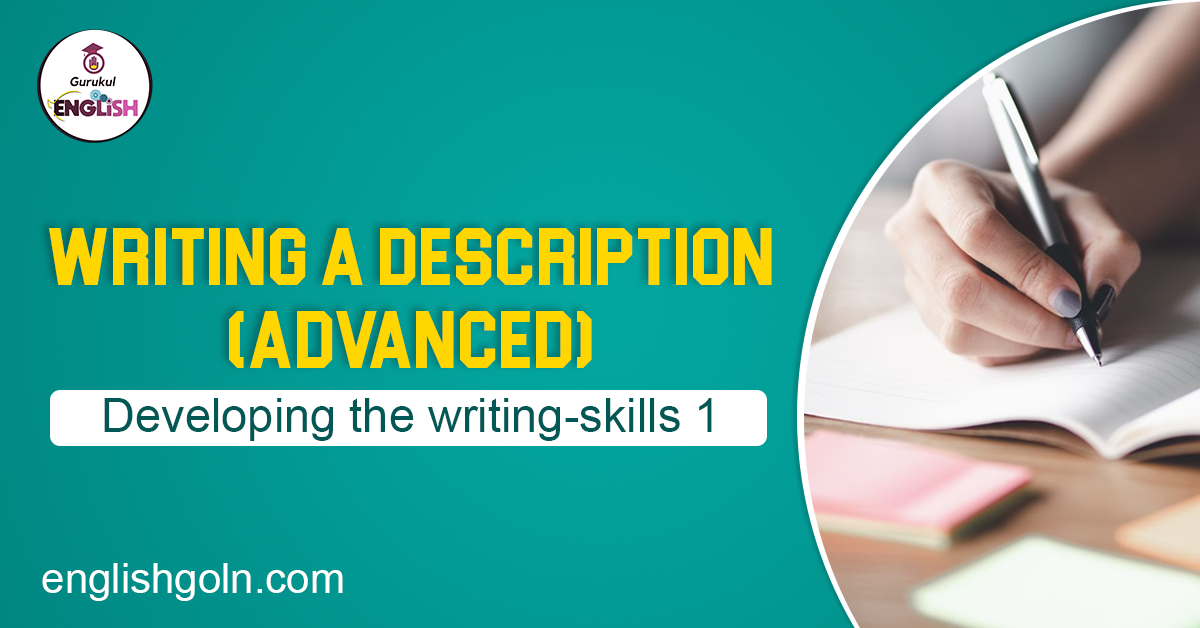Today is our topic of discussion Writing a description advanced
Writing a description advanced
What do you know about the role of rural women in the following agricultural activities? Write a short paragraph on each activity (5-7 sentences). No 1 is done for you.
Rice cultivation
(sowing/planting, weeding, harvesting, threshing, winnowing, storing, marketing, etc.)
Animal husbandry
(feeding and milking cattle and goats, fattening cattle, keeping poultry, etc.)
Homestead forestry
(fruit trees mango, jackfruit, lemon, guava, banana, bamboos, palms, plums, etc.)
Use of agricultural residues
(rice husks, rice stalks, bagasse, coconut pith, banana trees/plants, dry leaves, etc.)
Example answer:
Rice cultivation
Our rural women play a major role in rice cultivation. They can sow aus rice or plant aman seedlings after the field is prepared. They can also do the weeding when weeds grow with the young plants. Most harvesting and post-harvesting work is done by them.
After threshing the grains either by hand or by using cattle or a machine, they winnow the dust, pieces of grass, leaves etc away by the winnowing fan (kula). Then they dry the grains and put them in the store. Or they make them ready for husking or for marketing.
Think about the following questions and write answers to them.
a) Are the rural women involved in agricultural activities skilled workers? (Mostly no)
b) If no, how can they carry out all the four types of activities mentioned in the example answer above? (experience, learned by doing, etc.)
c) Make a list of activities which rural women have learned to do by doing over time. Also make another list of activities which could be effectively carried out only by skilled workers.
d) How can the rural women increase their efficiency through skills training?
Now combine all the answers to the above questions (a-d) so that they make a well-planned composition.
Note these words and expressions.
thresh (v) – beat the grain out of the plants. Threshing is usually done by hand or by turning 3-5 head of cattle round and round on the spread-out plants. Threshing can also be done by a threshing-machine.
market (v) – to prepare the rice by threshing, winnowing, drying. etc. for sale. Also to organise its sale by taking it to a market place, shop, etc.
husbandry (n) – farming/management
cattle (n pl) – cattle are bulls and cows. (‘head’ is used with cattle to mean a unit of a flock or herd. Twenty head (not heads) of cattle are grazing in the field.
fatten (v) – make a cow/bull fat usually by giving the animal special feed. The livestock officer at the thana instructs rural women about how to fatten a cow or a bull.
poultry (n pl) – chickens, ducks and other birds that are kept for their eggs and meat
residue (n) – unused part or portion. Rice husks, stalks are agricultural residues. They remain after the use of rice.
husks (n) – Husks are the outer covering of grains (rice, wheat) or seeds.
husk (v) – to remove husks from rice by a ‘dheki’ or machine
bagasse (n) – dry pulp that remains after the extraction of juice from sugarcane or similar plants. Bagasse is used as fuel or for making fibreboard.
